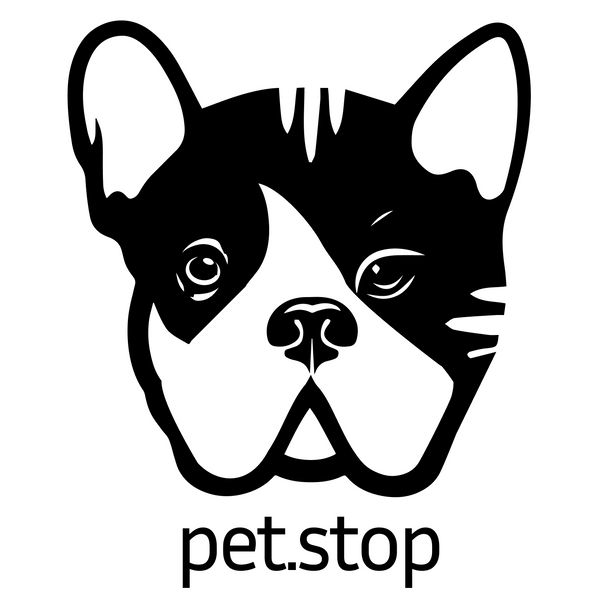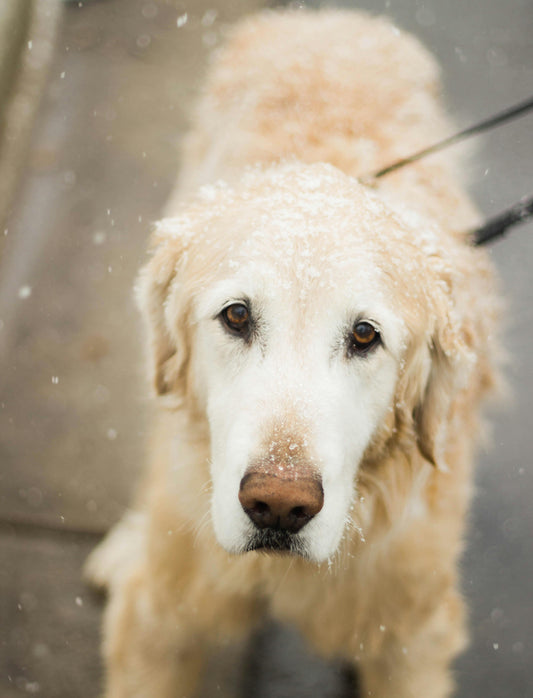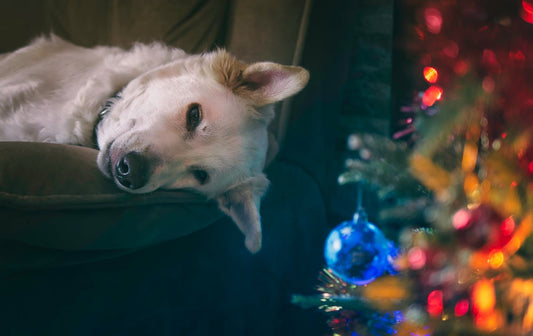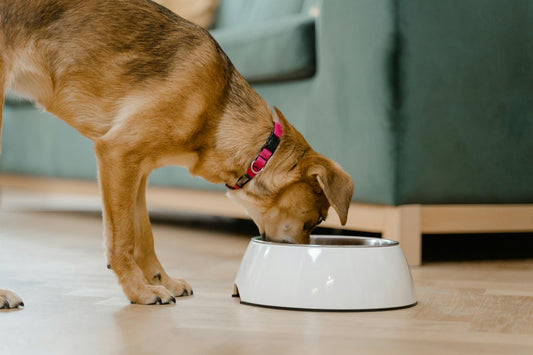Once you have chosen the right collar for your dog, it's essential to adjust and fit it correctly. Here are some steps to follow on how to adjust a dog collar:
- Loosen or tighten the collar: Ensure the collar is neither too loose nor too tight. You should be able to fit two fingers comfortably between the collar and your dog's neck. This is a crucial part on how to adjust a dog collar.
- Position the collar: Position the collar high on your dog's neck, just below their ears. This will provide better control and prevent the collar from slipping off.
- Secure the collar: Fasten the collar securely, making sure the buckle is properly engaged. Check for any twists or tangles in the collar strap, as these can cause discomfort.
- Check the fit regularly: Regularly check the fit of your dog's collar to ensure it hasn't become too loose or tight. Remember that dogs can grow or change shape over time, so adjustments may be necessary.
Taking the time to properly adjust and fit your dog's collar will ensure their comfort and safety during walks and everyday activities.
Alternatives to traditional collars for dogs with specific needs - How to adjust a dog collar
While traditional collars work well for most dogs, there are alternative options available for dogs with specific needs. Here are a few alternatives to consider:
- Harness: As mentioned earlier, a harness can be a great alternative to traditional collars, especially for dogs that pull on walks or have respiratory issues. Harnesses distribute pressure evenly and reduce strain on the neck.
- Martingale collar: Martingale collars are a good choice for dogs with narrow heads or those prone to slipping out of their collars. The limited-slip design provides additional security and control without choking the dog.
- Head collar: Head collars can be effective for dogs that pull excessively on walks. These collars gently redirect the dog's head when they pull, discouraging the behavior without causing discomfort.
- Breakaway collar: Breakaway collars are designed with a safety feature that releases under pressure, preventing choking or strangulation if the collar gets caught on an object. These collars are particularly useful for cats or dogs that spend time outdoors unsupervised.
By considering these alternatives, you can find the best solution for your dog's specific needs and ensure their comfort and safety.
Tips for maintaining a properly fitting collar - How to adjust a dog collar
Once you have found the perfect collar for your dog, it's important to maintain its proper fit. Here are some tips for keeping your dog's collar in good condition:
- Regularly check the fit: Regularly check the fit of your dog's collar to ensure it hasn't become too loose or tight. This is especially important during periods of growth or weight change.
- Inspect the collar for wear and tear: Check the collar regularly for any signs of wear and tear, such as frayed edges or weakened buckles. Replace the collar if it shows signs of damage.
- Clean the collar regularly: Collars can get dirty over time, especially if your dog loves exploring outdoors. Follow the manufacturer's instructions to clean the collar properly and remove any dirt or grime.
- Replace the collar when necessary: Collars are not meant to last forever. If your dog's collar becomes worn out or no longer fits properly, it's time to invest in a new one to ensure their continued comfort and safety.
By following these maintenance tips, you can extend the lifespan of your dog's collar and ensure it remains a reliable and comfortable accessory.
Conclusion: Prioritizing your dog's comfort and safety with a well-fitting collar
In conclusion, the importance of properly fitting dog collars cannot be overstated. Ill-fitting collars can lead to discomfort and even injuries for your dog. Whether it's a tight collar causing chafing and difficulty breathing or a loose collar posing a risk of slipping off, the consequences of an improper fit can be detrimental.
By understanding the risks associated with poorly fitting collars, recognizing the signs of an ill-fitting collar, and taking the necessary steps to ensure a proper fit, you can prioritize your dog's comfort and safety. Choose a collar that is suitable for your dog's needs, adjust and fit it correctly, and regularly maintain it to ensure its effectiveness.
Investing in a properly fitting collar is not only an investment in your dog's well-being but also a testament to your commitment as a responsible pet owner. So, don't compromise on your dog's comfort and safety. Choose a collar that fits just right and give your loyal companion the comfort they deserve. Your dog will thank you for it!
At Pet Stop Boutique, we are dedicated to providing high-quality dog collars that are carefully designed for a comfortable and secure fit. Zee.Dog's adjustable straps and range of sizes ensure that every dog can find the perfect fit. Join the countless dog owners who have made the switch to Zee.Dog's collars and experience the difference for yourself. Your dog's comfort and safety are our top priorities.








